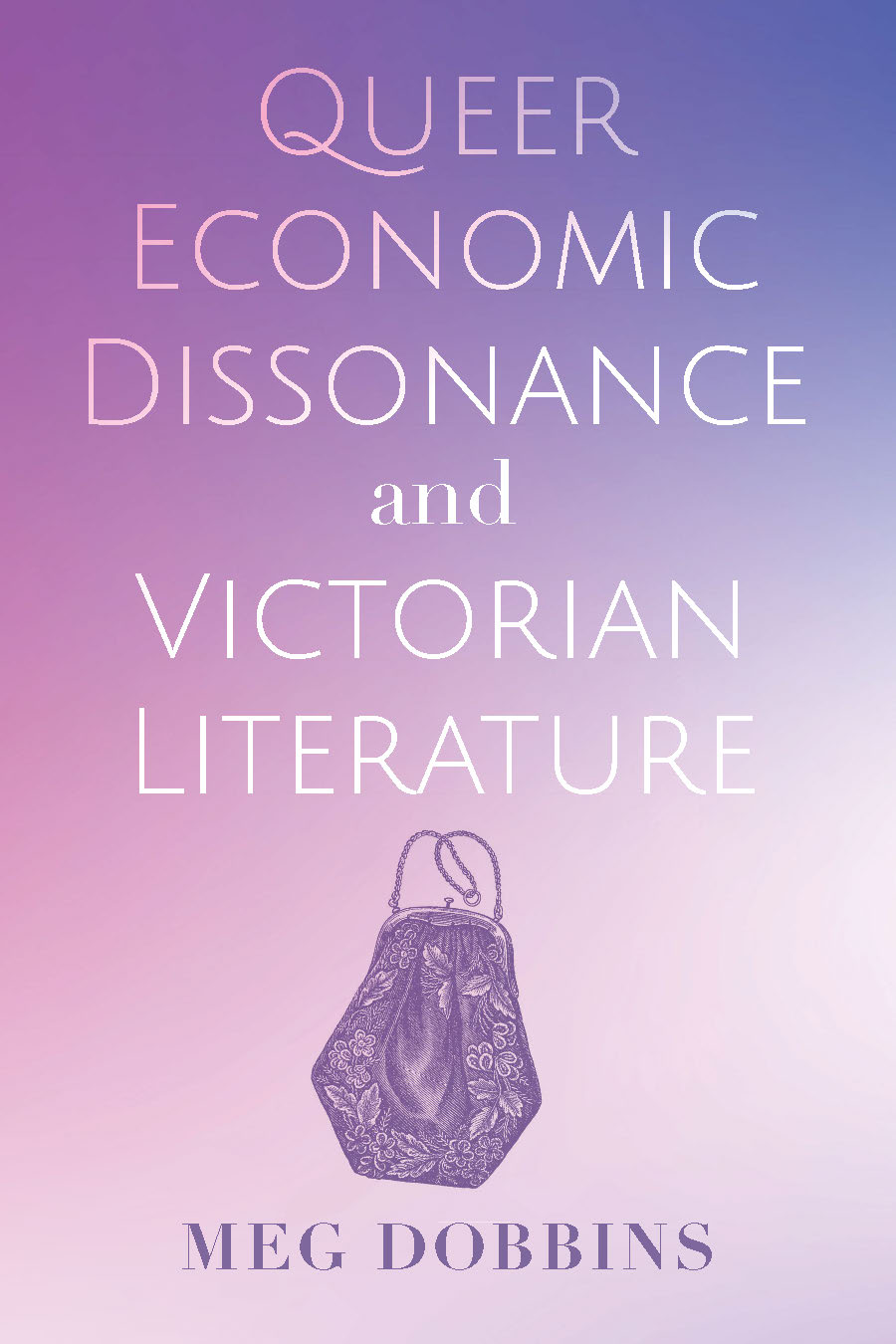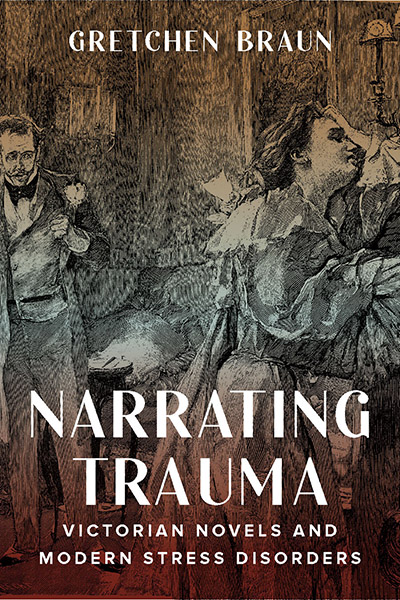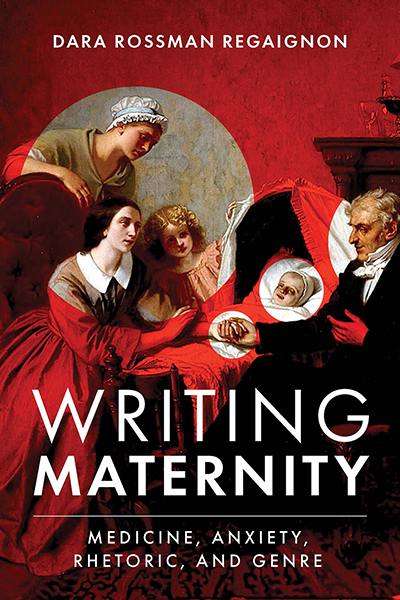Runner-Up, 2023 Victorian Popular Fiction Association First Book Prize
“By offering fresh ways to read familiar novels and critique the Victorian mores they resist and reinforce, Pregnancy in the Victorian Novel adds to the growing list of scholarship that strives to provide us with a model for reading and teaching literature that honors our shared and diverse embodied experiences.” —Erika Wright, Nineteenth-Century Literature
“Pregnancy in the Victorian Novel, theoretically dense, thoroughly researched, beautifully written, and surprisingly unassuming in length, provides a welcome methodological corrective to current ways of reading bodies in literature.” —Doreen Thierauf, Victorian Studies
“In excavating not only Victorian novelistic depictions of pregnancy, but also the influence of embodied experiences on the researcher, Woods’s work makes a convincing case for a radical revisioning of traditional critical approaches to the past and its literature.” —Jessica Cox, Modern Language Review
“Pregnancy in the Victorian Novel is an innovative literary study that not only offers the first full-length monograph on the subject but also poses an intervention in the field of Victorian studies by proposing a methodology based on ‘somatic reading.’ … An excellent addition to the libraries of literary scholars specializing in the Victorian novel, the book also will appeal to interdisciplinary scholars with interests in fields beyond nineteenth-century studies, including medical humanities and the history of medicine, critical race theory, and feminist and women’s and gender studies.” —Emily Cline, H-Net
“Woods’s stimulating book....builds on the rich scholarship on nineteenth-century bodies, maternity, fashion, and narrative form. Situating her analysis at the intersection of these scholarly forebears, Woods generously bodies forth a new approach to pregnancy in Victorian fiction.” —Mary Elizabeth Leighton, Victorian Review
In Pregnancy in the Victorian Novel—the first book-length study of the topic—Livia Arndal Woods traces the connections between literary treatments of pregnancy and the medicalization of pregnancy and childbirth occurring over the long nineteenth century. Woods uses the problem of pregnancy in the Victorian novel (in which pregnancy is treated modestly as a rule and only rarely as an embodied experience) to advocate for “somatic reading,” a practice attuned to impressions of the body on the page and in our own messy lived experiences.
Examining works by Emily Brontë, Charlotte Mary Yonge, Anthony Trollope, George Eliot, Thomas Hardy and others, Woods considers instances of pregnancy that are tied to representations of immodesty, poverty, and medical diagnosis. These representations, Woods argues, should be understood in the arc of Anglo-American modernity and its aftershocks, connecting backward to early modern witch trials and forward to the criminalization of women for pregnancy outcomes in twenty-first-century America. Ultimately, she makes the case that by clearing space for the personal and anecdotal in scholarship, somatic reading helps us analyze with uncertainty rather than against it and allows for richer and more relevant textual interpretation.

Livia Arndal Woods is Associate Professor of English at University of Illinois at Springfield.
Contents
Acknowledgments
An Introduction Somatic Reading
One Judgment
Two Sympathy
An Interlude Sensation
Three Diagnosis
Four Impression
A Very Short Conclusion The Very Long Nineteenth Century
Works Cited
Index
“Woods’s book shines a light on a subject that has either been ignored or taken for granted in previous studies of the novel. … She engages with an impressive range of novels both major and less well known and combines close reading with contemporary theoretical perspectives. Readers of Adam Bede and Middlemarch will be drawn into reconsidering familiar material. Readers of the Victorian novel more broadly will have much to think about.” —Joanne Shattock, George Eliot Review
“Wood’s willingness to take some speculative risks is compelling and offers a helpful model for other scholars.” —Nora Doyle, Victorians Institute Journal
“In centering bodily experience both as a topic of interest to Victorians and as an underemphasized aspect of reading, Pregnancy in the Victorian Novel contributes to the turn toward a more personal voice in literary scholarship. Insightful and persuasive.” —Pamela K. Gilbert, author of Victorian Skin: Surface, Self, History
“Not simply a thematic analysis of pregnancy, Pregnancy in the Victorian Novel is both meticulously researched and inspiring in its integration of literary representation and lived experience. Woods shows us how much is at stake in representing women’s bodies.” —Megan Ward, author of Seeming Human: Artificial Intelligence and Victorian Realist Character





